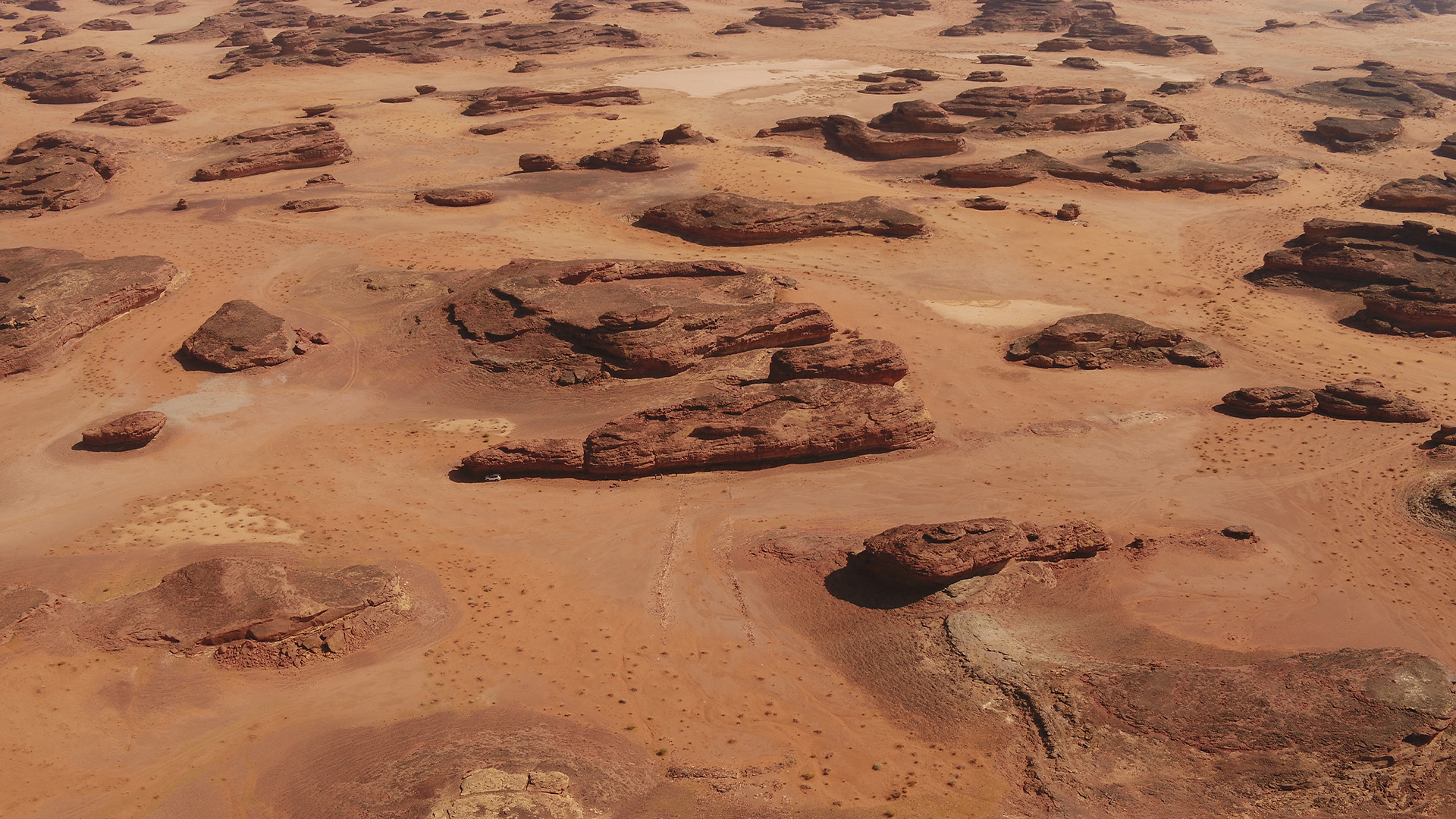
In Saudi Arabia, archaeologists made a new find while digging at an old stone structure. They’ve uncovered thousands of animal bones and several human remains from nine individuals.
This discovery gives us clues about people’s activities at these stone structures about seven thousand years ago. It seems like they were gathering there for special rituals and activities.
One important thing they did was deposit animal horns and skulls as part of these rituals, according to Live Science.
Ancient rectangular stone structures found in Saudi Arabia
More than a thousand ancient rectangular stone structures known as “mustatils” (which means “rectangles” in Arabic) have been found in Saudi Arabia. However, the exact reasons for their construction and the time when they were built have been a mystery.
In 2018, the Royal Commission for Al-Ula, a region in northwest Saudi Arabia, started a project to study and document these mustatils and other ancient remains in the area.
The mustatil they recently dug up measures 131 by 39 feet (40 by 12 meters). The stone walls are quite thick, reaching up to 6.6 feet (2 meters). Moreover, the original height of these walls is unclear because they have eroded over time.
👀💭 #Archaeologists studying an enigmatic stone structure (#Mustatil) in the #Saudi #Arabian Desert (#AlUla
ٱلْعُلَا) have turned up evidence of a #neolithic cultic belief, with more than 260 fragments of animal bones found at the monument. #Archaeology #Megalithic #Ancient pic.twitter.com/fshduufzUr— Third Eye Seeks 🪬 (@Third_Eye_Seeks) March 29, 2023
In the middle of a courtyard inside the mustatil, there appears to be a structure that might have served as a shrine. This area features two hearths where ceremonies could have taken place. The information comes from a paper published in August as a supplement to the journal Proceedings of the Seminar for Arabian Studies.
3,000 fragments of animal remains in mustatil
It was within the mustatil that archaeologists discovered over three thousand pieces of animal remains, which altogether weigh about 55 pounds (25 kilograms). These remains include hundreds of horns and animal heads, such as those of cattle and goats.
Similar findings of cattle heads and horns have been made at other ancient sites in the Middle East. For example, in Yemen, there was a site where a circle of cattle skulls was on display.
The archaeologist leading the study, Wael Abu-Azizeh, who is a junior professor of archaeology at Lumière University Lyon 2, shared this information with Live Science. Moreover, these animal bones were placed there between 5300 B.C. and 5000 B.C., according to archaeologists.
Besides animal bones, human bones were found in a mustatil in Saudi Arabia
The human bones discovered in the mustatil belong to a minimum of nine individuals, including two infants, five adults, one adolescent or young adult, and a child, as per the research team.
Moreover, the human remains date back to a few centuries after the animal bones were deposited in the mustatil.
It appears to be a group burial, meaning that these individuals were buried together. However, it currently remains unknown whether these individuals were connected to the people who constructed the mustatil, says Abu-Azizeh.